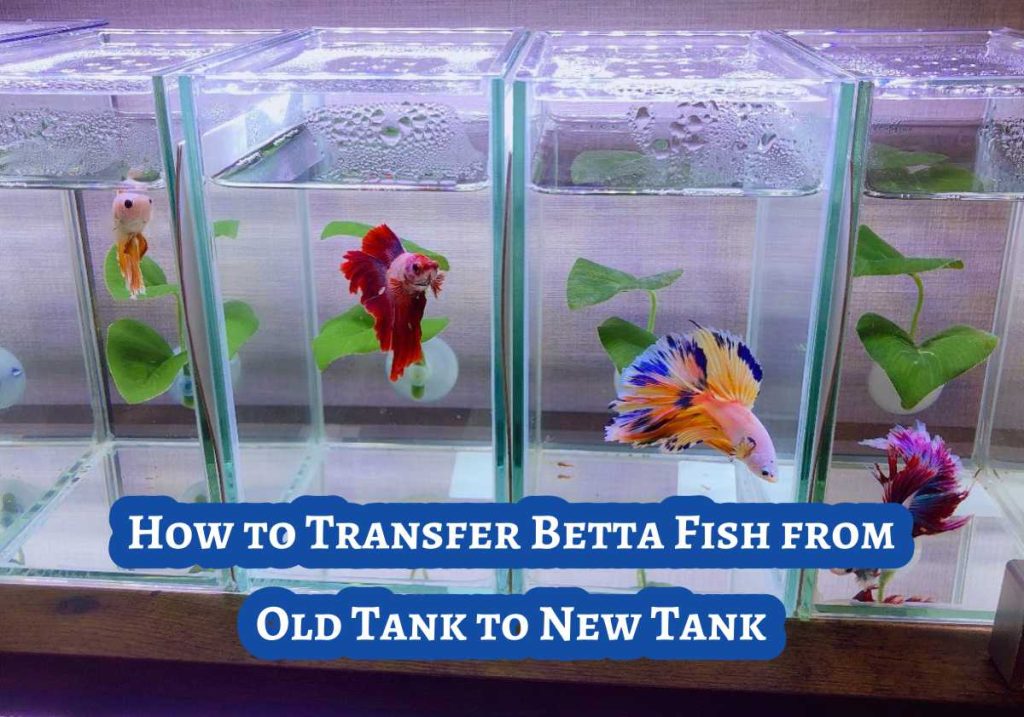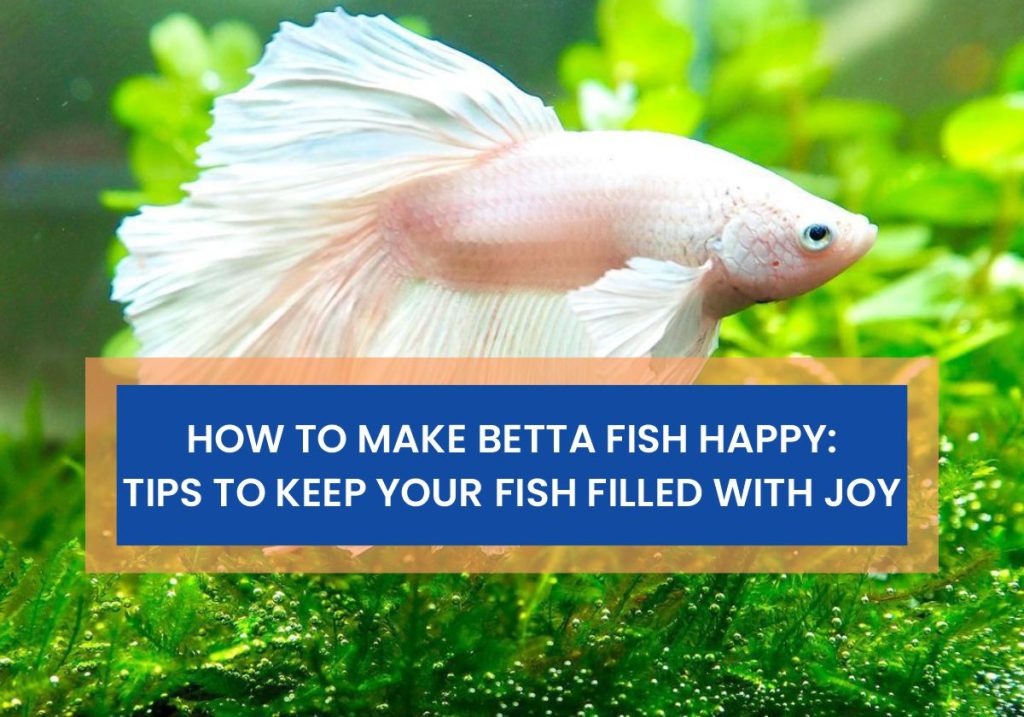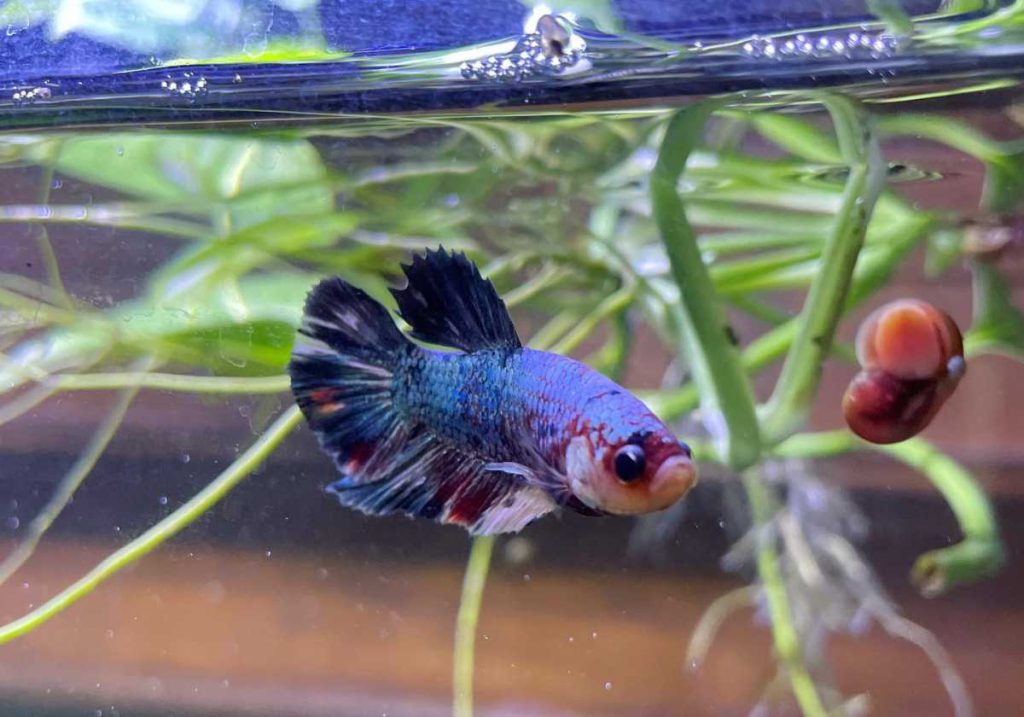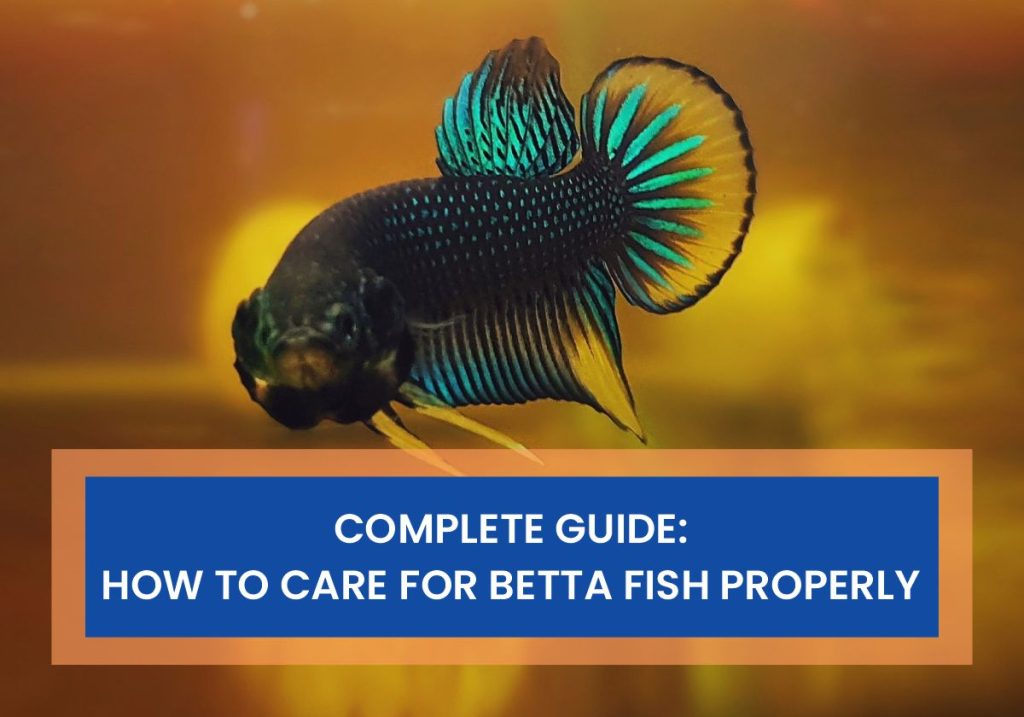As an Affiliate, We may earn a commission that doesn't cost you extra from qualifying purchases using links in this post. It helps keeps this blog running.
So, you’ve decided to give your betta fish a swanky new home? That’s an exciting move for both you and your finned friend! Whether upgrading to a larger tank or simply giving your betta a change of scenery, transferring your aquatic buddy from the old tank to the new one requires a bit of finesse. Don’t fret though; we’re here to guide you through this critical transition step by step.
In this article, we’ll walk you through the steps of how to transfer a Betta from an old tank to a new one seamlessly. From gathering the necessary supplies to acclimatizing your betta to their fresh digs, we’ve got you covered. By the time you finish reading, you’ll be armed with all the know-how you need to make this move smooth and stress-free for your little aquatic pal. So, let’s dive right in and learn how to make your betta’s tank migration a success!
Preparation of Transferring Betta from Old Tank to New Tank
If you’re upgrading your betta living space, it’s important to do so with care. Moving them between tanks might seem like a delicate task, but with the right approach, it can be a stress-free experience for both you and your Betta.
In this section, we’ll delve into the nitty-gritty of preparing for the transfer, step-by-step instructions on how to execute the move, and post-transfer tips to ensure your Betta settles into its new abode comfortably. So, grab a notepad (or bookmark this page) because we’re about to embark on a journey to create a new, cozy home for your Betta companion.
Necessary Equipment and Supplies
Transferring a Betta fish from an old tank to a new tank requires careful planning and preparation to ensure the well-being of the fish. Here’s a list of necessary equipment and supplies you’ll need for a successful transfer:
- New Tank: Ensure that the new tank is properly set up and cycled before transferring the fish.
- Old Tank: Keep the old tank running until the new tank is ready to maintain the biological balance of the water.
- Water Conditioner: You will need a water conditioner to treat the water in the new tank and remove harmful chlorine or chloramines.
- Aquarium Net: A gentle and fine-meshed net will help you catch the Betta fish without harming its delicate fins.
- Container/Bucket: You’ll need a clean container or bucket designated for aquarium use to hold the Betta during the transfer.
- Aquarium Heater: To maintain the appropriate water temperature in the new tank so it can match the old tank’s temperature.
- Thermometer: To monitor the water temperature and ensure it’s consistent during the transfer.
- Filter Media: You will have to transfer some of the old tank’s filter media (sponges, bio-balls, etc.) to the new tank’s filter to help establish beneficial bacteria.
- Gravel/Sand: You’ll need to transfer a portion of the old tank’s substrate to provide a familiar environment for the Betta.
- Decorations: You might have to transfer some decorations from the old tank to make the new tank feel more like home for the Betta.
- Fish Bag or Container: If you need to transport the Betta from a store to your home, have a secure bag or container to hold the fish.
- Aerator or Air Pump (optional): Use an air pump or aerator to provide additional oxygen during the transfer if the fish will be in a container for an extended period.
- Clean Cloth or Paper Towel: Have a damp cloth or paper towel at hand to wipe down any drips or spills.
- Water Testing Kit: To test the water parameters in both the old and new tanks to ensure they’re similar, reducing stress on the fish.
- Bucket for Old Tank Water (optional): If you’re transferring water from the old tank, use a clean bucket to collect and transport it.
- Medications (if needed): If your Betta is undergoing treatment, have the necessary medications ready for use in the new tank.
- Adjustable Light Source: Dim the lighting during and after the transfer to reduce stress on the fish.
- Fish Bag Sealer or Rubber Bands: If you’re using a bag to transport the Betta, ensure you can securely seal it.
Steps to Transfer Betta Fish from an Old Tank to a New Tank
Transferring a Betta fish from an old tank to a new tank requires careful planning and execution to minimize stress and ensure the well-being of the fish. Here’s a step-by-step process to guide you through the transfer:
Step 1: Prepare the New Tank
Ensure the new tank is properly set up, filled with conditioned water, and its temperature and water parameters matches the old tank’s water to minimize shock to the fish. The new tank should also be equipped with proper filtration, heating, and decorations before attempting to move the Betta.
When unsure, use a water testing kit to check parameters such as temperature, pH, ammonia, nitrite, and nitrate levels.
Step 2: Gather Supplies
Gather supplies and ensure you have all the necessary equipment and supplies listed earlier. Because now is the time to use your clean container (like a fish bag or a small container) to hold the Betta during the transfer and a net ready for capturing the fish.
Step 3: Conditioning the Betta
Condition the Betta a day before the transfer, by feeding the Betta fish a small meal to ensure it’s not too hungry during the move and don’t forget to ensure that the water in the old tank is clean, running, and well-maintained prior to the transfer to preserve the beneficial bacteria until the new tank is ready.
Step 4: Turn Off Equipment
Turn off any equipment in the old tank, such as filters, heaters, and lights.
Step 5: Catch the Betta
Gently use a fine-meshed aquarium net to catch the Betta fish from the old tank. Remember to be patient, move slowly, and avoid chasing the fish around the tank, as this can stress it.
Step 6: Place the Betta in the Holding Container
Partially fill the clean holding container partially with water from the old tank to help the fish acclimate to the change. Then carefully place the Betta fish into the container with the old tank water. This container should be large enough to hold the fish comfortably.
Step7: Slowly Acclimate the Betta
Slowly acclimate the Betta by floating the container (or bag within the container) with the Betta in the new tank water surface for about 15-30 minutes. This helps the fish acclimate to the temperature and water chemistry of the new tank.
Every 5 minutes, add a small amount of water from the new tank into the holding container. This helps the Betta adjust to the new water conditions gradually.
Step 8: Release the Betta
Gently release the Betta into the new tank. Avoid pouring the water from the holding container into the new tank to prevent introducing potential contaminants, as it may contain debris and waste from the old tank.
Step 9: Monitor and Observe Your Fish
Monitor and keep an eye on the Betta and its behavior for the next few days as it explores the new tank to ensure it’s adapting well to the new environment and watch for any signs of stress, disease, or unusual behavior such as hiding, erratic swimming, or loss of appetite.
Step 10: Monitor Water Parameters:
Monitor and Regularly test the water parameters in the new tank using a water testing kit to ensure that the pH, ammonia, nitrite, and nitrate levels are suitable for the Betta.
Step 11: Add Filter Media and Substrate:
Add filter media and substrates by transferring some filter media from the old tank to the new tank’s filter to help establish beneficial bacteria. Also, add a portion of the old tank’s substrate to provide a familiar environment for the Betta.
Step 12: Maintain Consistency:
Keep the new tank’s environment consistent in terms of temperature, lighting, and water parameters. Avoid making major changes to the tank’s setup immediately after the transfer.
Step 13: Offer Regular Feeding:
Resume feeding the Betta its regular diet after the transfer and ensure the fish is eating and behaving normally.
Step 14: Regular Maintenance
Continue regular tank maintenance, including water testing, water changes, and feeding, to keep the Betta healthy and happy in its new home.
Frequently Asked Questions (FAQs)
How often should I transfer my Betta to a new tank?
Betta fish should be transferred to a new tank only when necessary, such as when the old tank becomes too small or there are water quality issues.
Can I transfer my Betta directly into the new tank?
No, do not transfer your Betta fish directly into a new tank. It’s best to acclimate your Betta gradually to prevent stress. Follow the step-by-step process above for a smooth transfer.
Is there a risk of shocking my Betta during the transfer?
Yes, there is a risk of shocking your Betta during the transfer because sudden changes in temperature or water chemistry can stress your Betta. Acclimatize them slowly to the new tank water.
Can I use water from the old tank in the new tank?
You should avoid using water from the old tank, as it might contain accumulated waste. Fresh, conditioned water is better for the new tank.
What signs of stress should I watch for after the transfer?
Look for behaviors like lethargy, loss of appetite, or color changes. Stress stripes along the body might also appear.
How soon can I start feeding my Betta in the new tank?
Wait for a few hours after the transfer to feed your Betta. This is to allow them to acclimate to the new environment first.
Should I keep the old tank water for the transfer?
Yes, you can keep the old tank water. It’s a good idea to have a small amount of old tank water in a separate container to acclimate your Betta, but avoid using it in the new tank.
Do I need to cycle the new tank before transferring my Betta?
It’s beneficial to cycle the new tank before transferring it to establish a stable environment. However, if urgent, monitor water parameters closely.

I’m Akin Bouchard. Even though I now own several different fish species, I first became a koi pond owner because I loved these creatures and wanted to turn my passion into something more serious. I take pride in my collection of koi fish and love sharing my knowledge with others interested in these beautiful creatures.
A Comprehensive Guide to Training Your Fish to Perform Amazing Tricks Feats




